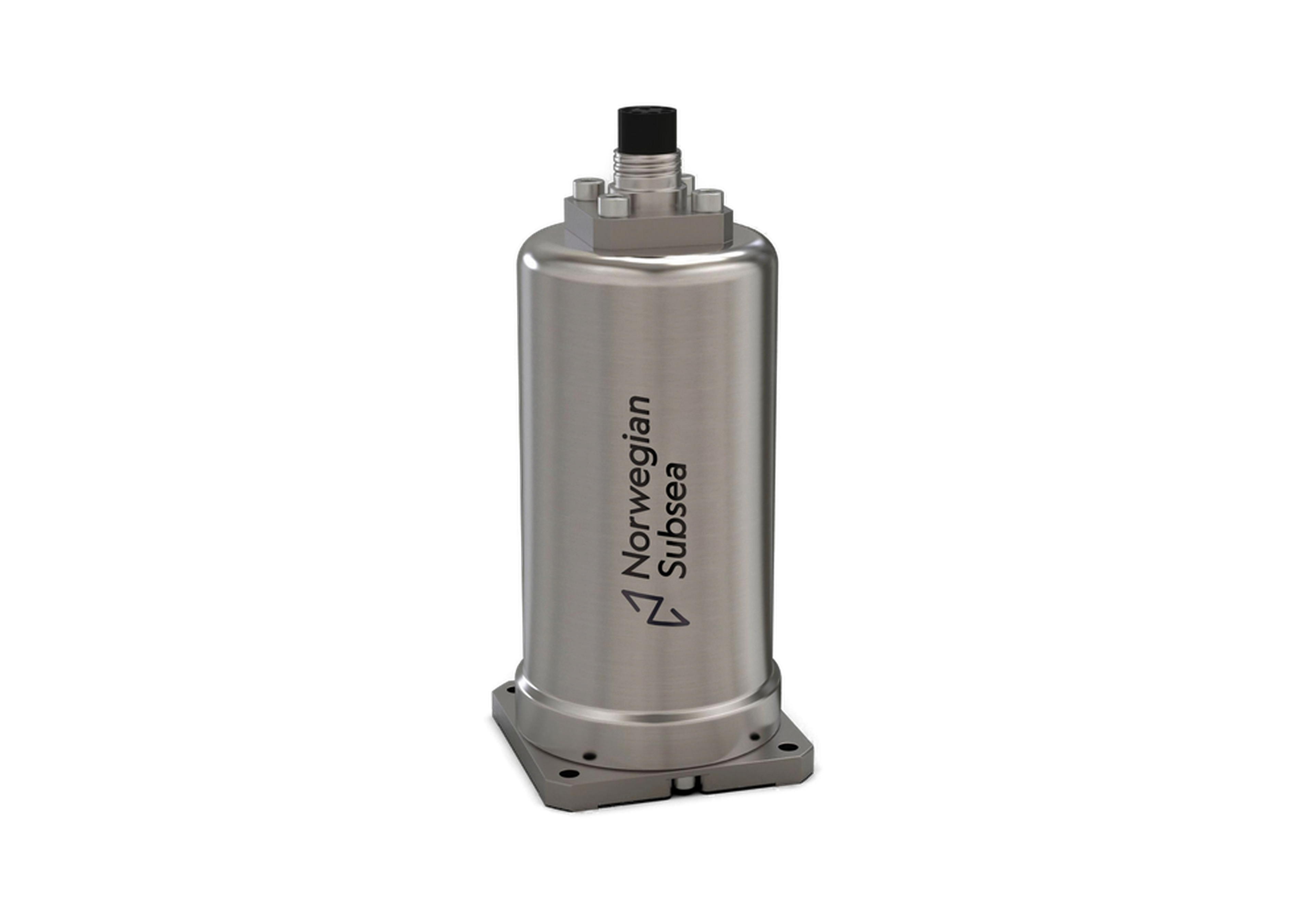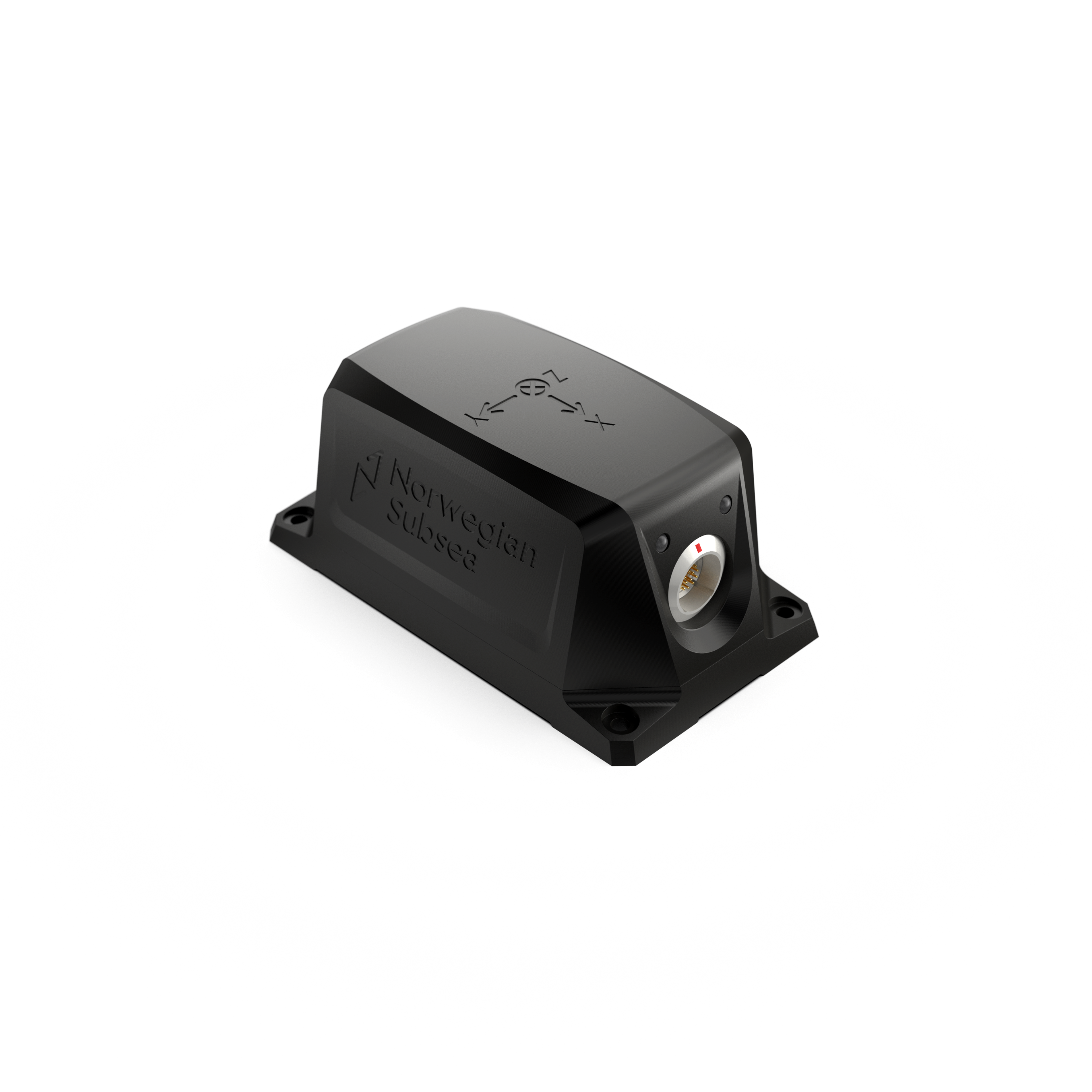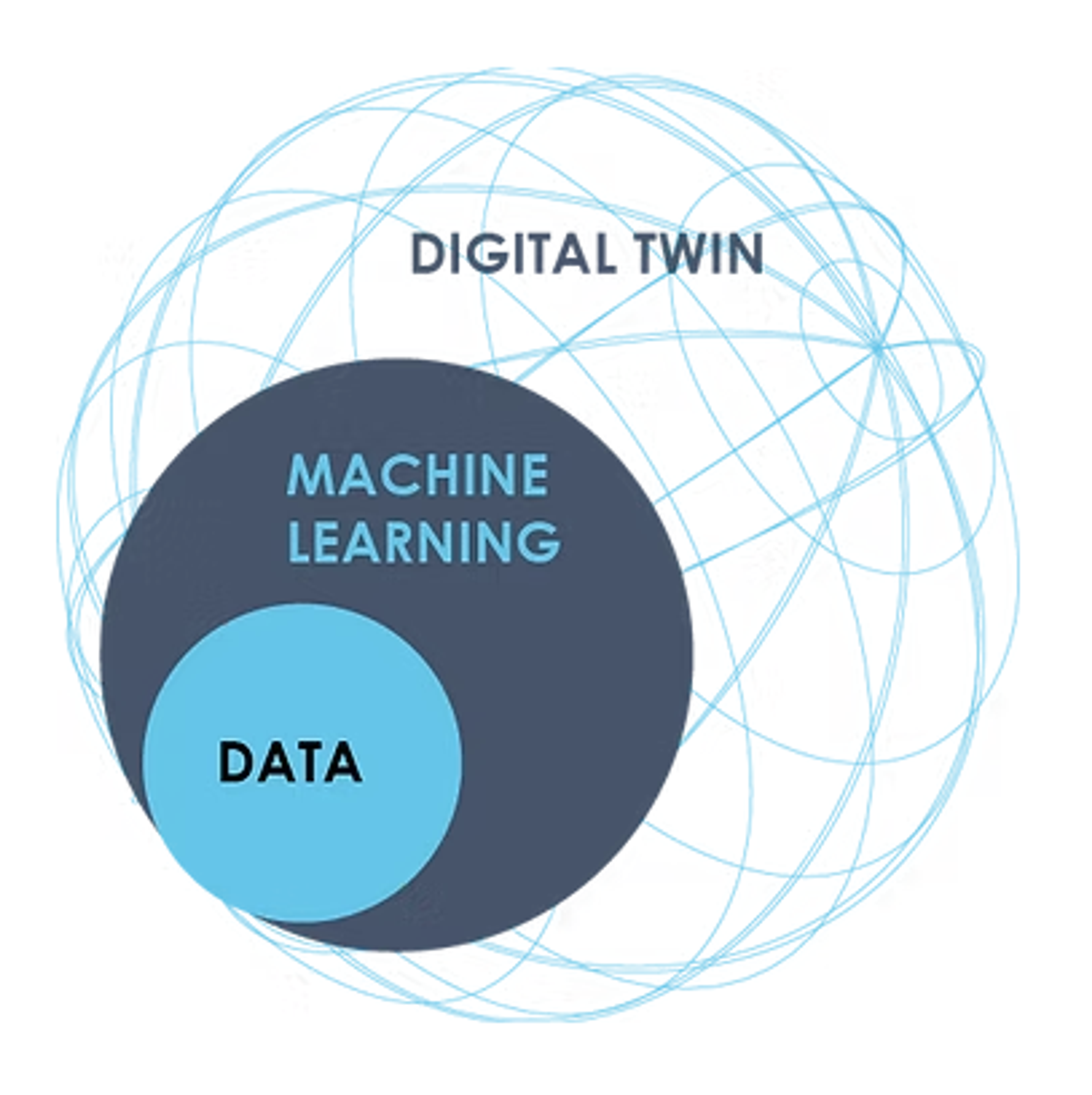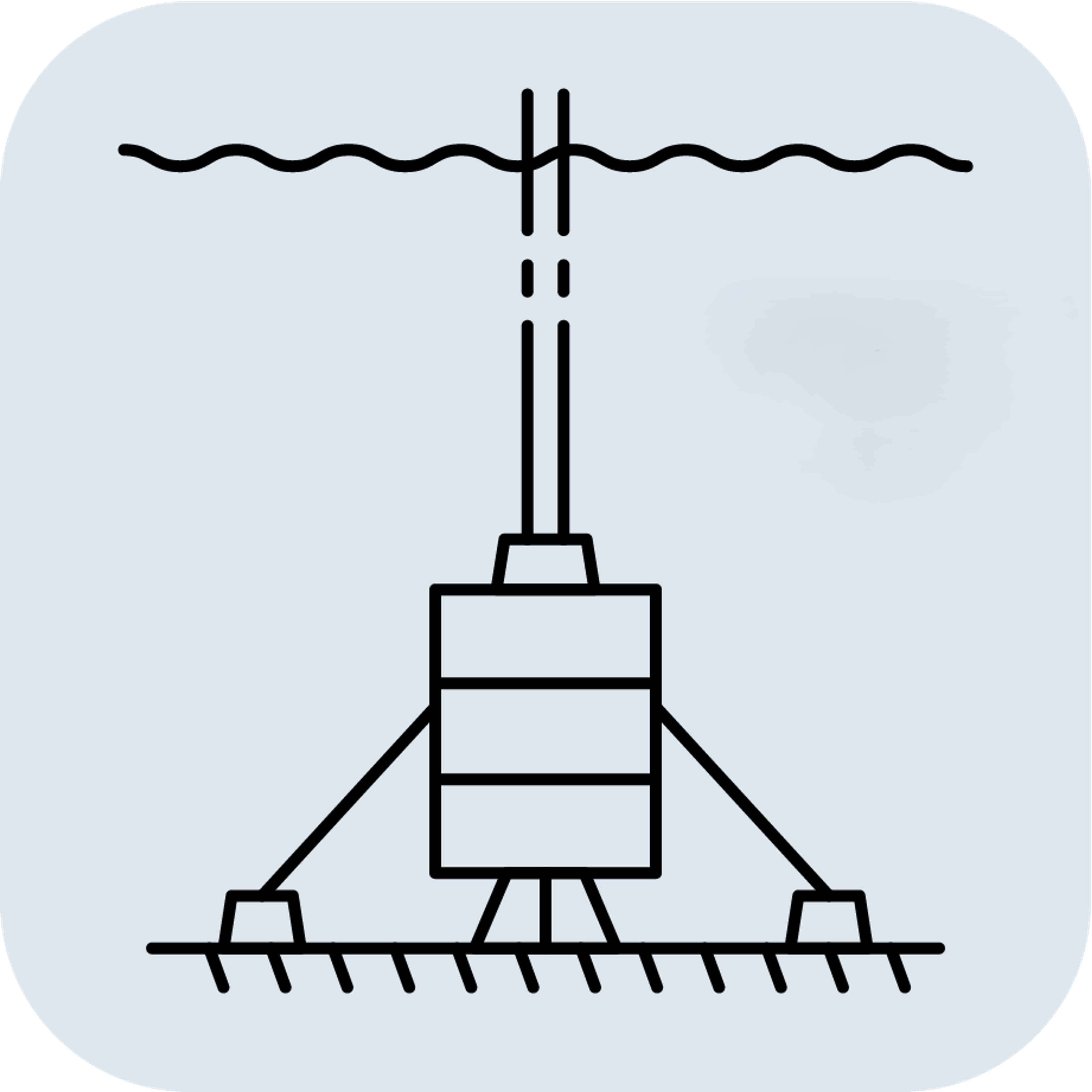What are motion sensors used for in subsea monitoring?
Motion sensors, specifically high-accuracy Motion Reference Units (MRUs), are crucial components in subsea monitoring operations. They provide precise measurements of motion in all six degrees of freedom (Roll, Pitch, Yaw, Heave, Surge, Sway), which is essential for the safe and efficient operation of underwater equipment and structures.
Key applications include monitoring the dynamic behavior of subsea structures like risers, subsea templates, subsea equipment, installation of bottom fixed structures and Blowout Preventers (BOPs). Accurate motion data helps ensure structural integrity and operational safety. Furthermore, MRUs are also used as navigation equipment for Remotely Operated Vehicles (ROVs) and Autonomous Underwater Vehicles (AUVs) during inspection, maintenance, repair (IMR), and survey tasks.
Norwegian Subsea's MRU Subsea is specifically designed for these demanding environments. Housed in a compact, robust titanium casing rated for 6000m water depth, it delivers high-accuracy motion data reliably. Its small footprint and ability to be mounted in any orientation allow for easy integration onto ROVs, AUVs, or subsea structures. Interfacing is straightforward via Ethernet or serial ports using standard protocols and a Subconn wet-mateable connector.
We also offer an Inclinometer/VRU version of the MRU Subsea, providing high-accuracy Roll and Pitch measurements without Heave/Surge/Sway output, offering a cost-effective solution for applications focused primarily on inclination monitoring.






